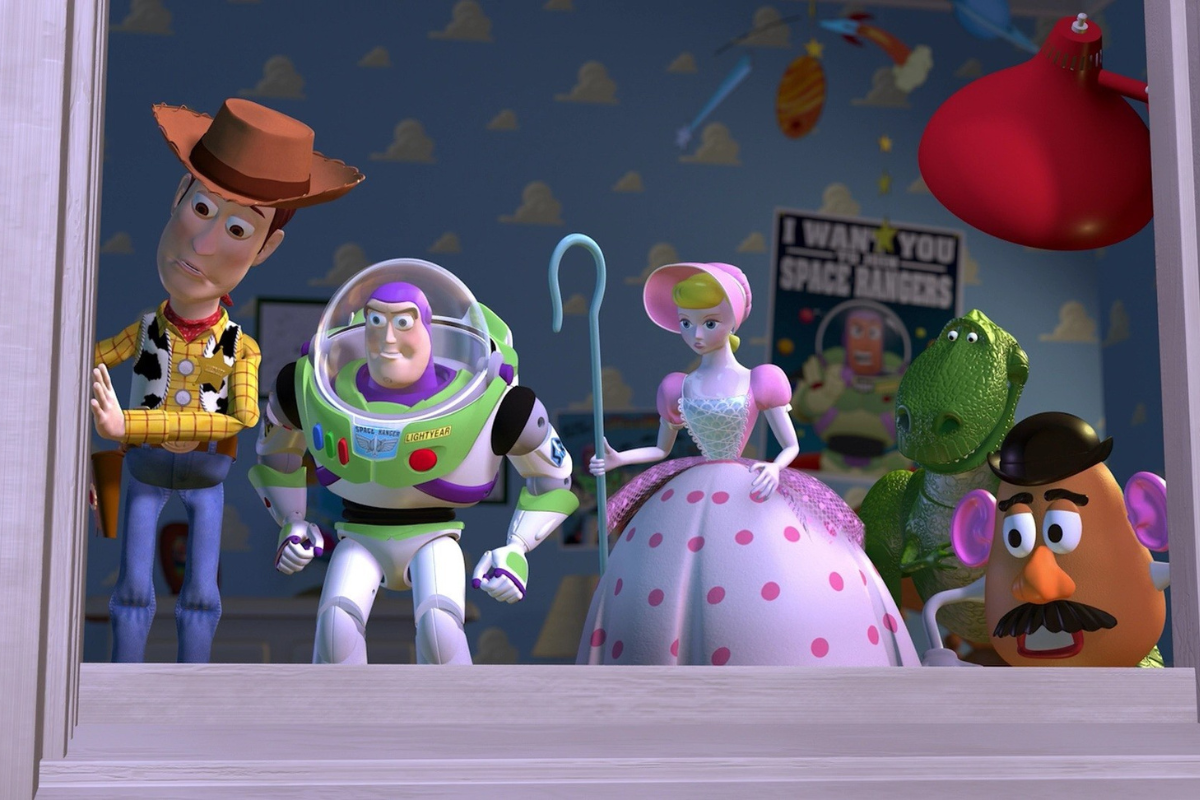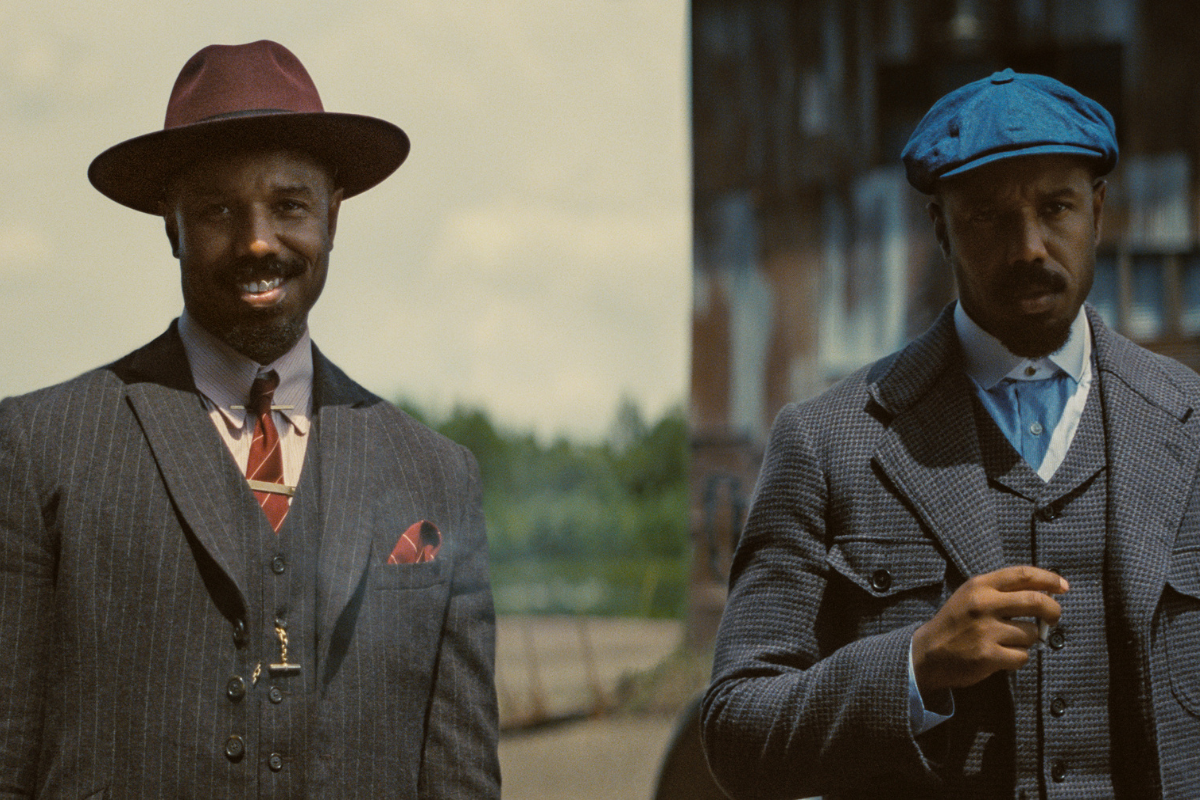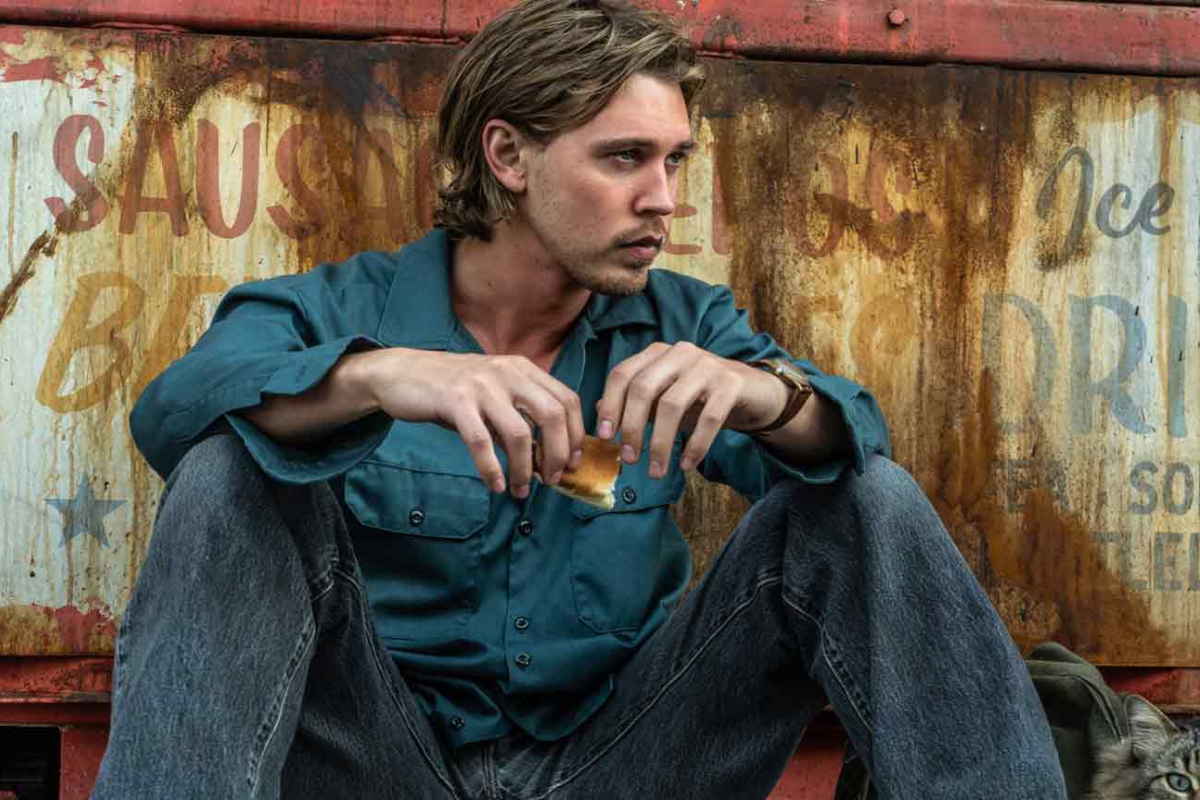INTERVIEW: Margot Lee Shetterly Talks Hidden Figures
Author of ‘Hidden Figures’ book, Margot Lee Shetterly, was interviewed by the students attending Aurora Frontier K-8 school in Aurora. Roe Moore shares the students’ questions about adaptation and writing true stories.
Roe Moore has worked as a script supervisor alongside many highly acclaimed directors. As founder and producer of PiePie Productions, she has produced multiple award-winning projects and was recently awarded a women’s Filmmaker-in-Residence. Twitter: @Roe_Moore
Author of Hidden Figures book, Margot Lee Shetterly, grew up in the setting for the story: Hampton, Virginia. A special treat with this interview is kids attending Aurora Frontier K-8 school in Aurora, Colorado had the opportunity to submit questions to have Ms. Shetterly answer.
Note: Interview edited for length and clarity.
">
Question from Sarah F., Blessed A., Robiel K., and Zack: What inspired you to write the book?
Margot: My dad worked at NASA but is now retired. He worked as an atmospheric research scientist with Mary Jackson and knew Katherine Johnson very well. My parents knew them socially as well. So, I knew them growing up. Six years ago, my husband and I were home for Christmas and my dad was talking about these women and what they did. My husband said, “Oh, I had never heard this story. How come I don’t know this story?” He was the first one to ask that question and that was the spark that made me think, “Wow, I grew up here and I don’t really know the story.” For me, it was very personal to explore my own story of where I was from. Having grown up in that community and around scientists – many of whom were Black. Once I started working on the book, I was overwhelmed with curiosity and interest at discovering all of it that I could.
Question from Ione D., Preston L. and Kelsey T: Was it emotional to create the book?
Margot: Absolutely, it was very emotional. It got very, very emotional to look 60 years into the past and look at a picture and see the same street corner that I remembered; seeing these people that I knew as being 80-years-old or 90-years-old and to picture them when they were in their 20’s; and seeing the things they studied in school. It was very, very touching. I really enjoyed digging into all the details of their lives and their work.
Question from Judd B.: How historically accurate was the book and the movie?
Margot: The book is 100 percent historically accurate. If you go in the back of the book, there’s 100 pages of notes or whatever. The history geeks among us will be happy with that. And anybody who wants to go learn more and retrace those footsteps can do that. The movie obviously – and this is something that I found interesting, I learned so much during this process of adapting this book to a screenplay. I didn’t know anything about it so I learned how to tell the story: what changes you must make to tell a story in film from telling a story in a book. There obviously were some changes. First of all, they made the decision to focus on one part of the story which is the moment where Katherine Johnson calculates the trajectory of John Glenn. Obviously, it’s a very cinematic impactful moment. And because of that, they had to collapse some of the timelines and deflate some of the characters to make the narrative work. It’s true that there are some things that are different, but I think the spirit of the women and the portrayal of them as very strong, very smart protagonists are very accurate. I’m very happy with it.
Question from Austin F. and Will: What was it like getting the facts and evidence? Was it tricky to find certain sets of information?
Margot: I knew where to start looking. Each clue led to the next clue. Even though I didn’t know where all the information was, I had access to people who would know that. And then there was things that because of growing up there or because of knowing all these people and some of these organizations, I probably did know better of where to look about certain kinds of information like to know the Black Newspapers would be an amazing source of information. The Black Newspapers chronicled the lives of all of these people in such detail; knowing certain stories about the colleges the women went too and the kinds of social events they went too. So, there are a lot of things that I just understood about the way they grew up, the way they worked and lived that made it easier to get information and then fit that part into the narrative. A lot of the times, I’d call up my dad and say, “Okay, I’m trying to figure out this thing that has to do with how Katherine Johnson would’ve worked on this at NASA.” And, you know, because my dad was somebody who worked with her and these women as mathematicians and understood the hierarchy, I could have a long conversation with him about the science part and the organizational part of it which was a big aspect to the movie.
Question from Daniela C.: Why did you think it was necessary to make Hidden Figures into a book and also a movie?
Margot: What happened was my literary agent took the book proposal and sold it to a publishing company. It kept exchanging hands, and from the beginning it flowed one step close from the next. The book was sold to the publisher very shortly before it was optioned. The book proposal is what got optioned, not the book itself. In terms of feeling it was important for it to be told in book form, I think that that was something that happened very early on. It was fortunate that people were responding to the story from the very beginning. That made it fantastic.
Q: Did you expect that this would inspire those to become interested in math and science?
Margot: I wanted to write a certain kind of book – which was narrative nonfiction book that was very compelling and engaging with these women as protagonists. I feel like there’s a real dearth of nonfiction literature that shows women and black women as protagonists; not these people to whom this industry is happening, but they’re out there living their lives, being fascinated by math, and having these moments intersect the great sweep of history. That’s what I really wanted because I like that kind of a book; it’s interesting to me. And I wanted those protagonists to get that story. I think that it was something that I wanted and apparently, a lot of other people wanted it too. But I definitely get the empowerment part of it. Here are these Black women in the South at a time where it’s the law that you have to go to a different bathroom; and they’re telling their white male bosses, “Listen, I think your numbers are wrong.” That’s something that everyone, regardless of their background, to tell your boss something like that, we all know what kind of guts that takes. Then to put in all these other layers of racial and gender biases on top of it. Well, just imagine, right? So, I think there’s something about these women with their confidence and talents and triumphing over these ridiculous and ugly laws that inspires the viewers feel like if they can do that, I can do anything.
Q: Why did you choose the subject of math?
Margot: I think demystifying something like math, a lot of people have math phobia. I think a lot of people see this and think, “Oh, maybe math isn’t that scary” or “maybe math is actually cool. Oh look, there’s people doing math, that seems kind of cool.”
Q: A lot of kids nationwide are being inspired by this film, too.
Margot: A lot of kids are like, “Wow, maybe I can be an astronaut.” Or, “Maybe I should be an engineer.” I think it’s sparked their imaginations to what they might be in their lives.
Q: What was the best part and the worst part about creating the book and the film?
Margot: I think the best part is these women are being honored in a way that’s the best in America. Even though there are a lot of hard parts in this, there’s a lot of beautiful things about it: people working with each other, people looking past superficial differences to form friendships, people losing themselves in something that they love – in this case, math – finding tremendous meaning in their work. Having a story that brings those things together and seeing the good energy that people are bringing to this have been great. It’s so touching, rewarding and a cause for optimism. That’s been the best part. The hardest part – this is my first book. There’s a lot that I had to learn. Figuring out how to create something that is an interesting story that incorporates the facts and not just a compiling of history and facts. Learning to do that was hard. It was like doing something I’ve never done before.
Q: What inspires you to put words on the page every day?
Margot: I always believed in the story and it was interesting to me. I was interested to read it as much as I was to write it. I wanted to finish it and see how the story would turn out. Even knowing how the history happened, knowing how the actual story I was writing was going to end was very suspenseful.
Q: What do you have coming up? Are you working on anything now?
Margot: Yes, this is part of a trilogy. I am pitching my next book. There were a couple of stories that I found during the course of researching Hidden Figures about mid-century African-American protagonist stories and I’m working on those right now.
Q: What would be your advice to future writers?
Margot: There are two things. First of all, keep rewriting until it’s better. That was the case with Hidden Figures. It went through so many iterations and redoing and polishing and rewriting and editing. It took a lot of time and a lot of work to make it better. That was hard. Doing that and finding someone who can do that with you – whether that’s your editor or a reader, in my case it was my husband – is a big part of it. You have to realize that this is a business. My background is as an entrepreneur before this. So, having experience of starting businesses and being responsible for everything like calling people to do this and to book this without assistants, it’s that understanding that this is fascinating, but it’s also a business. And if you treat it as a business, then it will be more likely that your work will move forward. You’ve got to find money for it; there are grants and things like that out there. The marketing is a big part of it. I think that’s something that if people are aware of that coming in, then they will find the experience less jarring.
Q: Any final thoughts?
Margot: Ted, the director, and Alison, who wrote the screenplay, were delightful. It was a wonderful team effort of getting the adaptation done. It was interesting that writing is a solitary type of thing but turning anything into a movie is hugely collaborative. I really enjoyed the collaboration with Ted and Alison.
Hidden Figures was nominated for three Oscars, including Best Picture, and is now on Blu-ray, DVD and Digital HD.
Get tips on adapting true stories in Erik Bork's on-demand webinar
Finding the "Story" in True Stories
Originally from Aurora, CO, Roe Moore‘s vast experience has taken her both in front of the camera and behind the scenes on familiar television shows like Lucha Underground and Wives with Knives as well as indie film favorites like Entertainment (John C. Reilly/Michael Cera) and The Escort (Bruce Campbell/Lyndsy Fonseca). She’s had the opportunity to work as a script supervisor alongside many highly acclaimed directors including Student Academy Award Winner, Davide Henry Gerson. As founder and producer of PiePie Productions, she has produced multiple award-winning projects including short film Dark Specter and narrative web content for Funny-or-Die. Roe was recently awarded a women’s Filmmaker-in-Residence with Her Film Project. When Roe isn’t on set or working on her upcoming projects, she can be found swimming, sweating in Bikram yoga, or enjoying time with her two dachshunds Peanut and Slinky. Twitter: @Roe_Moore







